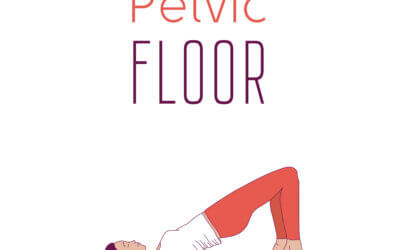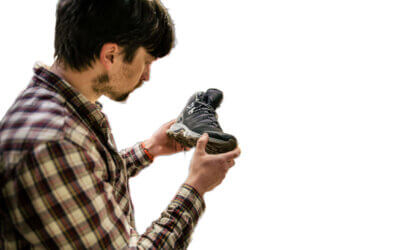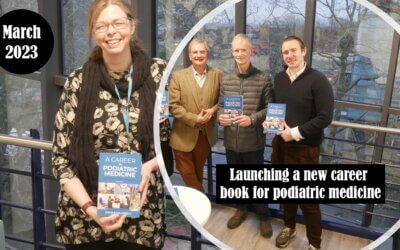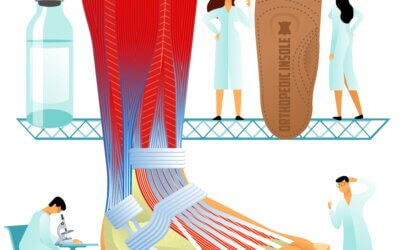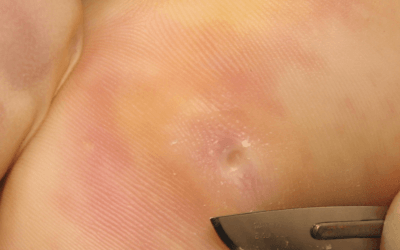Clinical Articles
Midfoot Pain Mysteries
Alternatives to steroids include sodium hyaluronate as Ostenil, which has some promise in some patients. Sodium hyaluronate is found in normal synovial fluid, which bathes joint surfaces and provides some nutrient service.
The Magic of the Pelvic Floor
For the most part we are led to believe that many post natal issues are just ‘normal’ or par for the course of being a woman. Heavy periods, incontinence, painful sex, prolapse and suffering the symptoms of the perimenopause are all part of being a woman aren’t they? Much can be overcome by advice and implementing strategies early on.
Footwear Needs to Sit Within the Podiatry Profession
Specialism within the profession creates a rich choice of job roles, from podiatric surgeon to wound care, management and leadership of a services to research scientist and academic to name a few. Yet, the profession is verging on a recruitment crisis that will see Podiatry engulfed into other healthcare services if not become a thing of the past. The benefits podiatry brings to patient care are enormous, even if not well published. Don’t worry too much though, as there are strategies in place to reignite interest in careers in Podiatry and develop the skills of the existing work force to provide a smooth escalator of career choices from support workers to consultant positions. Yet as a profession we need to own the foot and anything associated with it, particularly footwear.
The Rising Concern of Opioid Misuse Among Professional Athletes
Several factors contribute to the misuse of opioids among professional athletes. Firstly, the desire to quickly return to competition can lead athletes to seek immediate relief from pain, making them more susceptible to relying on opioids. The pressure to maintain peak physical condition can also create a culture where injuries and pain are downplayed or overlooked.
Voices from Podiatric Medicine
Insights into the treatment of dancers and Olympic athletes, the nascent world of forensic identification, or the challenge of contributing to the intensive care of patients with Covid 19 during the dark days of the pandemic, all add to a fascinating and enlightening series of vignettes which cover the full scope of modern practice.
A Guide to a Career in Podiatric Medicine
Launching A New Career Book Looking back seems like a lot of water under the proverbial bridge. It started as an invitation from two schools to speak to their 8-10-year-olds and 11-15 years olds in April 2019. 'Inspiring the Future is a charity promoting careers to...
Thoughts on the Hammer Toe
When the foot flattens or heightens, the muscles’ position and tendons change, exerting a different pull. This concept has been in vogue since the sixties emanating from US podiatry education and scholastic theory.
Treating Corns on Feet
In Part 1 – The corn is part of the keratin layer and does not penetrate the basement membrane because the area would bleed if it did. There are other reasons the dermis is penetrated, not least due to penetrating splinters. However, in some cases, infections and changes arise where blood vessels become invested between the dermis and epidermis, as seen in wart infections (a virus). These have been erroneously called vascular corns or neuro-vascular corns.
Where does patient blockage lie?
The same recruitment issues exist in the NHS and the private sector. On top of this, the fabric of healthcare is under greater strain because people have been neglecting their feet a lot more than they did before, and problems have built up over those two years where they weren’t doing things. So people having foot health checks every four to six months haven’t had them for two years, and small problems became big problems, and therefore needed more treatment.
At the same time, people are more health aware, more fitness aware, and more on their feet, so it’s a combination of more patients wanting podiatry with less availability. So we have a trio of factors: funding essentially, patients failing to check their feet, so the problems have built up during the Covid period, and lastly, better health awareness is actually drawing them out of the public arena now.
Should you befriend patients?
It is likely that podiatrists or others reading this article, feel it is essential to bond, and create a sense of trust through light-hearted banter. Perhaps we think we are better liked and can outclass an old practitioner who hardly breaks a smile. It would be unusual for any self-respective clinician to be unaware of the subject of body language but the non-verbal cues are essential. A smile never hurts, but it is listening that is vital.

